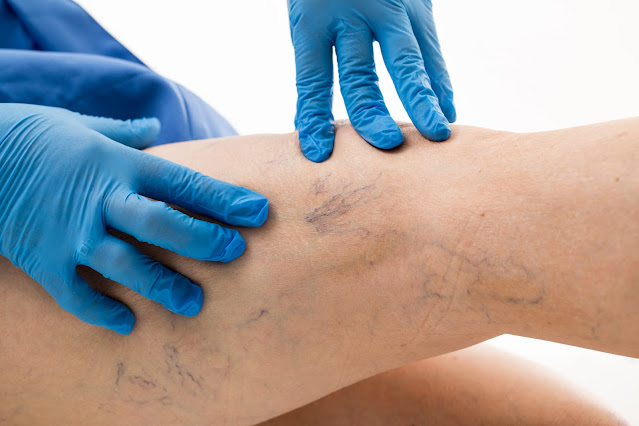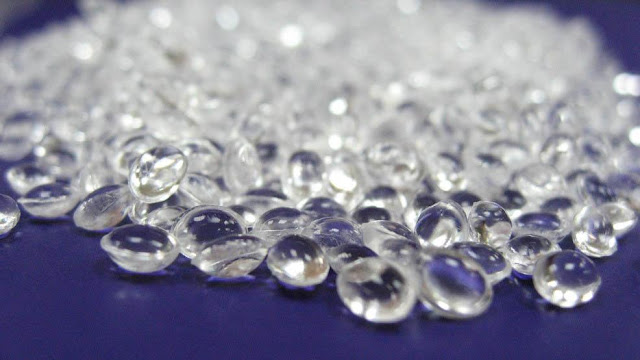Varicose Vein Treatment Devices Market Is Estimated To Witness High Growth Owing To Rising Elderly Population
The Varicose Vein Treatment Devices Market is estimated to be valued at Us$ 1355.75 Mn in 2023 and is expected to exhibit a CAGR Of 6.5% over the forecast period 2023 To 2030, as highlighted in a new report published by Coherent Market Insights.
Market Overview:
The varicose vein treatment devices market includes various devices that are used for minimally invasive treatment of varicose veins. These devices use advanced techniques like endothermal ablation, laser ablation, and radiofrequency ablation. These devices avoid risks of traditional surgery and help in quick recovery.
Market key trends:
The rising elderly population globally is estimated to be a major trend driving the growth of the varicose vein treatment devices market. As per the United Nations, the number of people aged 65 years and above is projected to grow from 703 million in 2019 to 1.5 billion in 2050. The elderly population is more susceptible to varicose veins, thus increasing demand for minimally invasive treatment devices. Also, technological advancements are enabling development of innovative devices with advanced features like precision and efficacy. This is further supporting the adoption of varicose vein treatment devices.
Porter's Analysis
Threat of new entrants: New companies find it difficult to enter this market as it requires huge capital investment for research and development along with obtaining regulatory approvals.
Bargaining power of buyers: Buyers have moderate bargaining power as there are few established players operating in this market. However, the need for treatment increases buyer dependency on existing products.
Bargaining power of suppliers: Suppliers have low bargaining power as there are many component manufacturers for varicose vein treatment devices.
Threat of new substitutes: Minimal threat of substitutes as there are limited treatment options available for varicose veins currently.
Competitive rivalry: High as major players compete on the basis of new product innovation, quality and pricing.
SWOT Analysis
Strength: Varicose vein treatment devices provide minimally invasive procedures and have short recovery time. Rising awareness about new treatment options also augments the market growth.
Weakness: High costs associated with varicose vein treatment devices limit their adoption in price sensitive markets. Post-procedure complications like bruising is also a concern.
Opportunity: Growing geriatric population susceptible to varicose veins presents an opportunity. Untapped developing markets offer scope for market expansion.
Threats: Stringent regulatory approvals and reimbursement policies pose challenges. Economic slowdowns can negatively impact the market.
Key Takeaways
The Global Varicose Vein Treatment Devices Market Size is expected to witness high growth, exhibiting CAGR of 6.5% over the forecast period, due to increasing elderly population suffering from varicose veins. North America dominated the market in 2023 due to developed healthcare infrastructure and availability of reimbursement. Asia Pacific is anticipated to witness fastest growth during the forecast period attributed to rising medical tourism, significant patient pool and growing healthcare expenditure.
Regional analysis
Asia Pacific region is expected to witness fastest growth in the varicose vein treatment market owing to factors like rising healthcare infrastructure, growing medical tourism, expansion of private healthcare sectors and increasing disposable incomes. China and India are emerging as lucrative markets owing to rising penetration of minimally invasive procedures.
Key players
Key players operating in the varicose vein treatment market are AngioDynamics, Inc., Syneron Medical Ltd., Dornier Medtech GmbH., Alma Lasers Ltd., Alna-Medicalsystem GmbH, LSO Medical, WONTECH Co., Ltd., Intros Medical Laser GmbH, and Energist Ltd. They are focused on new product launches, collaborations and geographical expansions to strengthen their market position.




Comments
Post a Comment